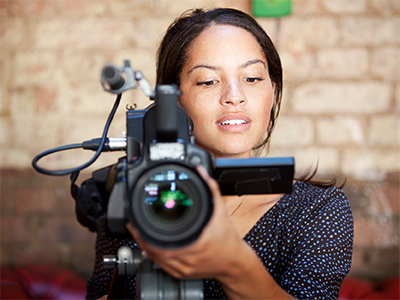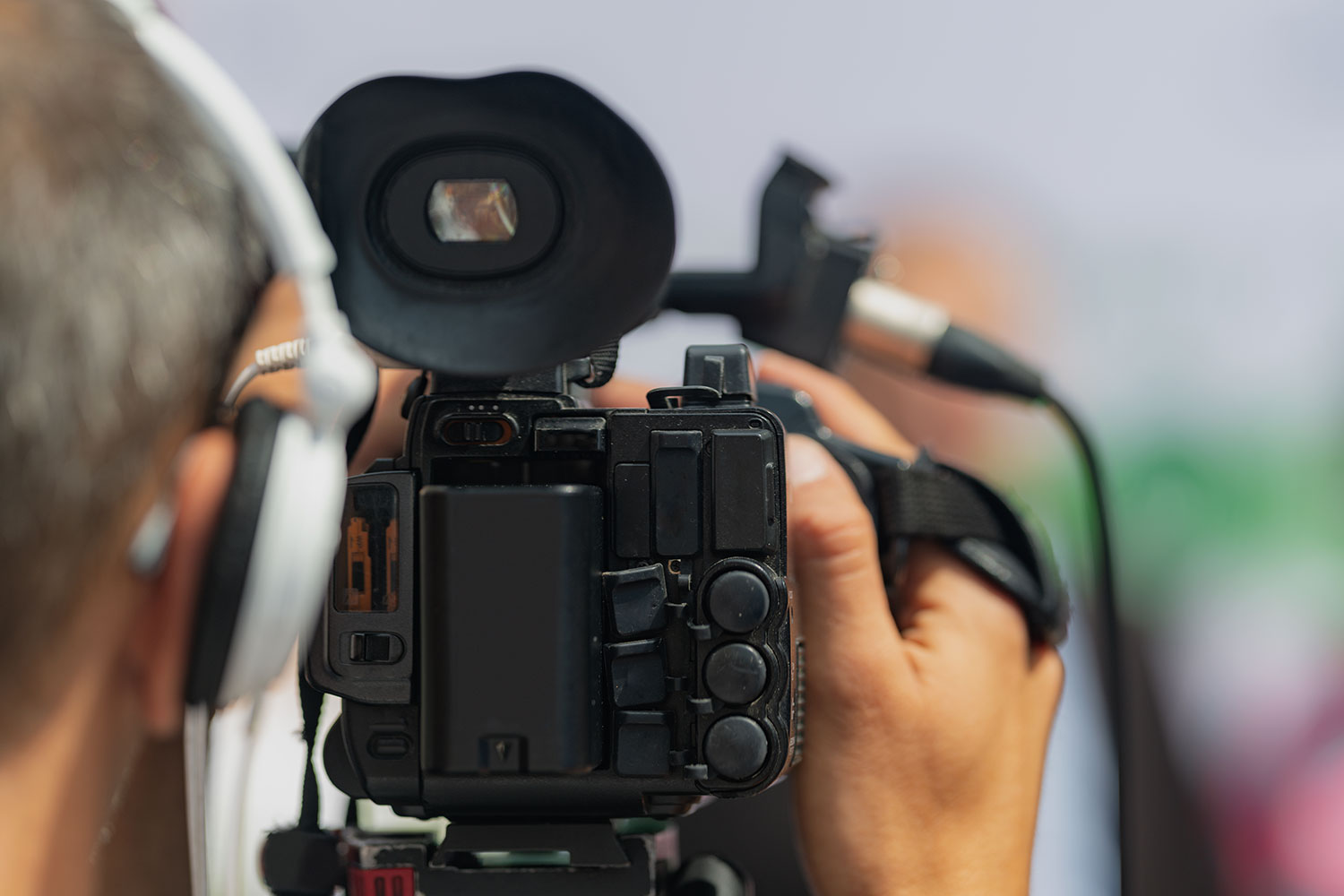Specialized Legal Videography for Case Recordings.
Specialized Legal Videography for Case Recordings.
Blog Article
Why Legal Videography Is Necessary for Accurate Legal Record-Keeping
In the realm of legal procedures, the precision of record-keeping is extremely important, and lawful videography emerges as an important tool in this context. As we discover the complex advantages of legal videography, one should consider its ramifications for the future of judicial honesty and openness.
Importance of Visual Evidence
Establishing the importance of visual evidence in legal proceedings is vital for guaranteeing exact record-keeping and enhancing the overall integrity of the judicial procedure. Aesthetic proof functions as a critical tool in documenting occasions, problems, and various other relevant details that may be important to a situation. Unlike written accounts, which are vulnerable to interpretation and bias, visual recordings give a goal, unalterable depiction of facts as they happened.
This form of proof can record a selection of aspects, including witness behavior, environmental context, and physical evidence, every one of which may influence judicial outcomes. By offering a clear and comprehensive aesthetic narrative, legal videography removes uncertainty and assists to preserve the credibility of the proof.
Moreover, aesthetic evidence can be instrumental in reducing disputes over accurate discrepancies, as it permits for a straight contrast versus testimony and other recorded documents. In an era where digital innovation is progressively prevalent, the capability to present aesthetic evidence properly can dramatically improve the total high quality of legal procedures. Ultimately, the incorporation of aesthetic evidence not just bolsters the documentation procedure however also enhances public rely on the judicial system by promoting openness and accountability.
Enhancing Statement Reputation
The combination of lawful videography into court room proceedings significantly boosts the reputation of witness statement. By recording the nuances of verbal and non-verbal interaction, video recordings supply a more extensive depiction of a witness's behavior, feelings, and reliability. This visual paperwork allows jurors to observe the witness's body movement, facial expressions, and general presence, which are vital elements that can influence their perception of testament trustworthiness.

Additionally, the existence of video clip footage can hinder witnesses from giving deceptive or overstated declarations, as they know that their testimony is being taped. This accountability reinforces the honesty of the judicial process. Inevitably, legal videography acts as a vital tool in guaranteeing that witness testament is not only accurately depicted however additionally watched with enhanced reliability by all celebrations involved.
Comprehensive Document Conservation
Comprehensive record preservation is crucial for maintaining the integrity of legal procedures. Lawful videography acts as an important device in this process, giving a precise visual and auditory account of testaments, depositions, and various other zero hours in a situation. Unlike traditional written transcripts, video recordings catch the nuances of body language, tone, and emotion, which are essential for recognizing the context and intent behind statements made during legal process.
Incorporating audiovisual aspects right into record-keeping boosts the conservation of proof, making certain that it remains intact and easily accessible throughout the legal procedure. This is specifically essential in cases where the dependability of witness statements may be tested, as visual recordings can substantiate insurance claims and supply clarity. Furthermore, video records can be indispensable throughout appeals or retrials, providing an unaltered depiction of the initial statement.

Furthermore, the capability to examine video clip evidence allows lawyers to identify essential information that may have been forgotten in created records. By keeping a thorough archive of legal process with browse around this site videography, law practice can copyright the highest possible standards of precision and liability, inevitably adding to a fairer judicial procedure.
Improving Lawful Proceedings
Improving legal process is crucial for enhancing effectiveness and decreasing delays within the judicial system. Lawful videography acts as a critical device in attaining this objective by providing clear and exact visual documentation of court hearings, depositions, and testaments - legal videography. This technology enables real-time recording, making certain that all verbal and non-verbal signs are caught, which can promote quicker resolution of conflicts
The combination of videography into legal procedures reduces reliance on traditional methods, such as lengthy transcripts, which can be lengthy to generate and examine. By having actually access to tape-recorded footage, attorneys can promptly reference essential moments, improving their capacity to prepare and existing instances efficiently. This immediacy additionally aids in the clarifying of statements, minimizing the possibility for false impression.

Admissibility in Court
Exact paperwork is important not just for performance however also for ensuring that proof is permissible in court. Lawful videography functions as an important tool in this process, giving a trustworthy aesthetic record of testaments, declarations, and events. Courts frequently require evidence to satisfy particular standards of admissibility, including importance, credibility, and dependability. Top quality video recordings can fulfill these standards by capturing clear audio and visual information that composed transcripts might neglect.
To be considered acceptable, lawful videography should look here follow established protocols, such as appropriate devices usage, suitable illumination, and clear audio capture. Additionally, it is important to have certified videographers that recognize the legal needs bordering evidence collection. legal videography. The chain of protection have to also be you could try these out preserved to avoid any insurance claims of meddling or modification
Additionally, legal videography can improve the persuasiveness of evidence by supplying jurors with a direct view of the testimony, enabling for a more involved understanding of the situation. In summary, the combination of lawful videography right into record-keeping not only supports effectiveness yet also boosts the stability and admissibility of evidence in court procedures.
Conclusion
In verdict, lawful videography plays a critical duty in ensuring accurate lawful record-keeping by supplying objective visual documentation. Inevitably, the incorporation of legal videography into the judicial process promotes openness and boosts public count on in the integrity of the legal system.
Report this page